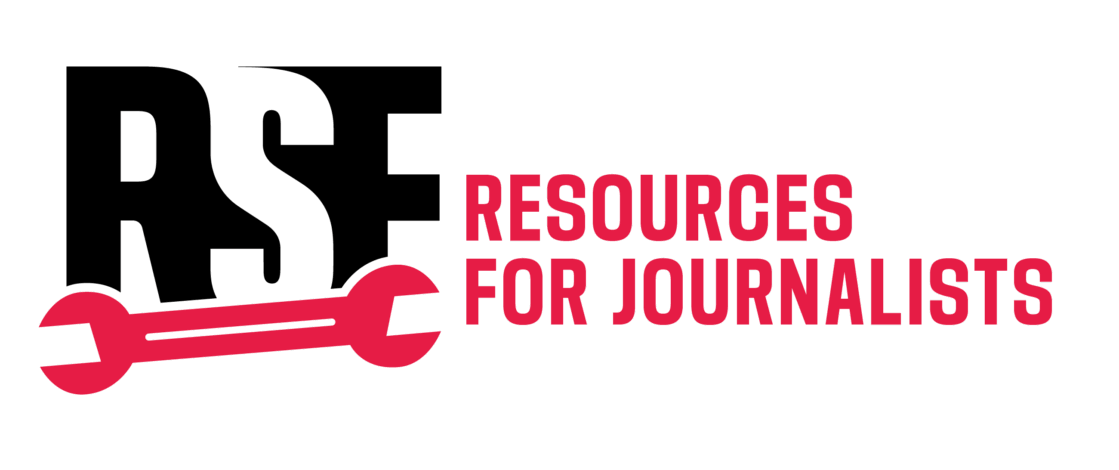“Journalism and trauma” is a five-part series from Reporters Without Borders (RSF) exploring the impact of psychological trauma on journalists. This fourth article delves into the complexities of psychological trauma from catastrophic events and prolonged social conflicts, highlighting how these experiences shape societies and the journalists who report on these issues.
The shock from single-incident disasters like large fires or massive crowd crushes resonates deeply within society, persisting in collective memory for years. While shocking, these incidents also provide opportunities for societies to seek truth and engage in reflection. In contrast, ongoing social conflicts such as wars present more insidious challenges. These prolonged crises can extend for months or years, marked by continuous violence and resistance to truth-seeking by those in power. Such situations lead to a complex form of trauma known as “Complex PTSD” (post-traumatic stress disorder), affecting not only those directly involved but also journalists covering these events and even the wider public.
Gilad Hirschberger, an Israeli scholar who studies race, large-scale conflict, and psychological trauma describes collective trauma as “a cataclysmic event that shatters the basic fabric of society,” noting that it is not only the horrific loss of life but also “a crisis of meaning” that deeply affects societies.
The landscape of social conflicts in Asia
Over the past 50 years, Asia has witnessed numerous social upheavals that have left deep scars on societies and the journalists covering these events. Incidents like the Gwangju massacre in South Korea, the decades-spanning forced disappearances in the Philippines, the Tiananmen Square crackdown in 1989 in China, the Hong Kong protests of 2019, and the 2020-2022 student protests in Thailand have all fuelled collective trauma in the countries where they took place.
The impact of government responses
The response to social movements, especially in later stages, often involves severe governmental repression. For instance, after the Hong Kong protests, authorities implemented the National Security Law, leading to arrests, the shutdown of media organisations, and the dissolution of pro-democracy groups. Such measures have stifled public discourse and created a pervasive atmosphere of fear. This ongoing state of unrest, the lack of governmental accountability and information, and the aggressive crackdowns prevent societal healing and reflection, leaving the public and journalists to grapple with continued trauma and uncertainty.
Journalistic challenges and identity crisis
Journalists often find themselves at the crossroads of observer and participant, especially in conflict zones or during social upheavals. Their role can become even more complicated when government actions force them into positions of compliance or resistance, affecting their professional integrity and personal safety. For example, in Hong Kong, journalists have used their positions to act as buffers between protesters and police, sometimes sympathising with the protesters while also facing internal conflicts over the violence and government actions.
Hirschberger points out that such collective traumas “induce a search for collective meaning” and can profoundly change a journalist’s life by “embedding the individual in a social group that transcends physical existence.” This duality leads to a profound identity crisis, as journalists question their roles—whether as bystanders, protesters, or supporters. The ongoing conflict and the role the media plays in shaping public perception can lead to deep-seated trauma that may affect journalists and the societies they belong to for generations.
About the authors:
- Chine Chan, BS in Psychology, MS in Behavioral Health. After working as a journalist, she engaged in human rights and development work.
- Ansel Lam, Master of Behavioral Health, Certified Executive Coach. He deals with overall health, and engages in human rights and training work.
← Read Part 1: The personal toll of reporting
← Read Part 2: Navigating psychological challenges
← Read Part 3: Self-care for journalists
→ Read Part 5: Interviewing survivors of traumatic events



